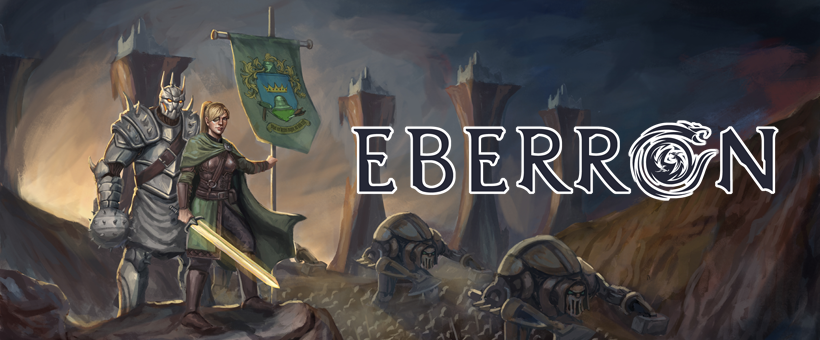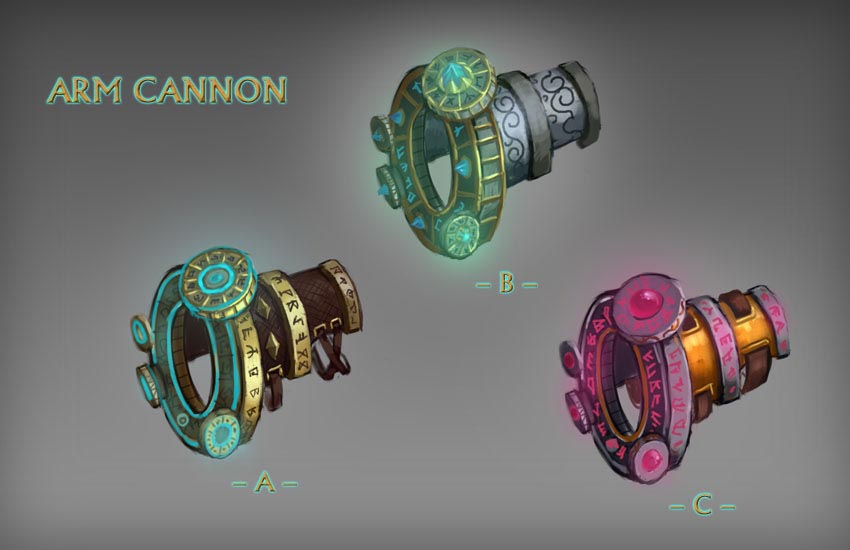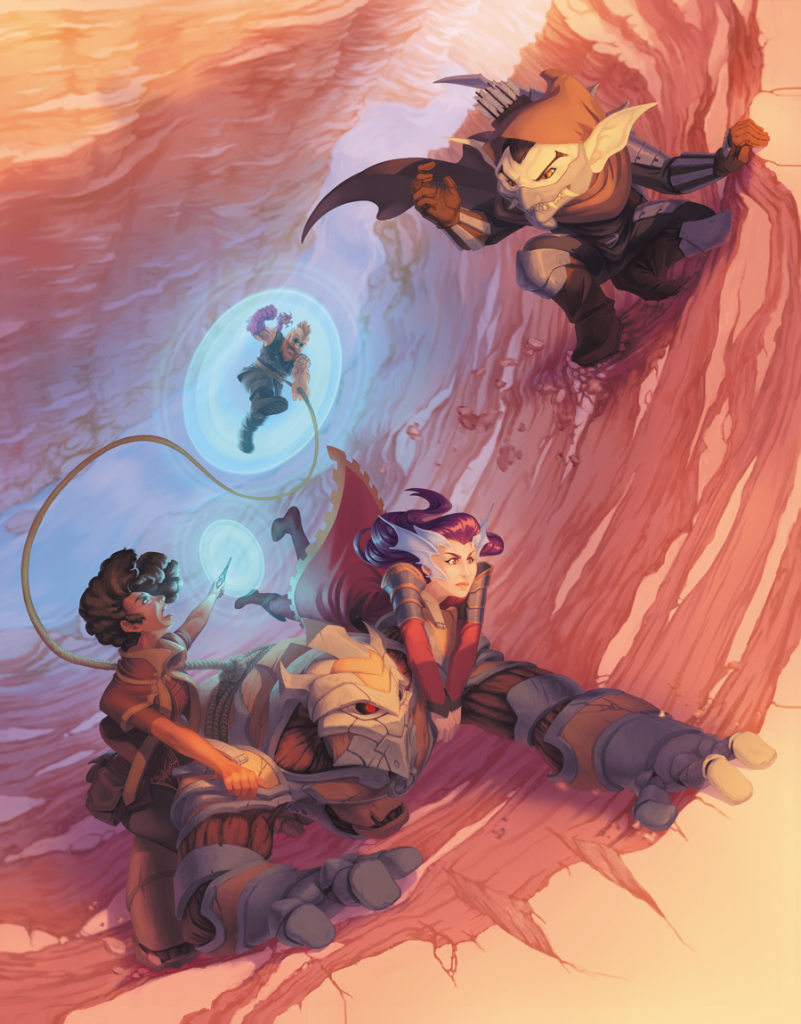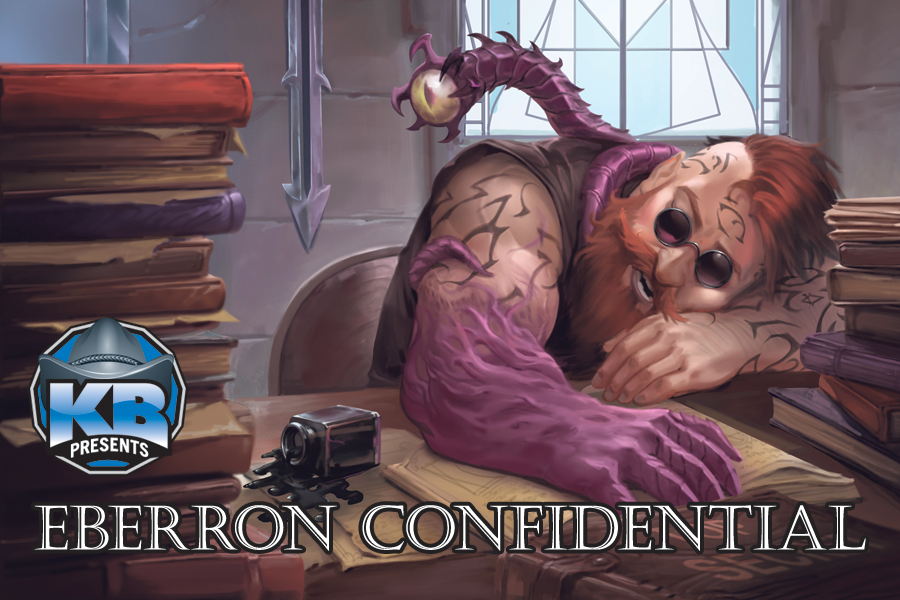
Every month I ask my Patreon supporters to pose interesting questions about Eberron. Here’s a few lingering questions from October!
Any swear words specific to Khorvaire?
The humans of Khorvaire excrete and reproduce much as we do – so swear words related to those functions are just as applicable on Eberron as Earth. Setting-specifice swears generally invoke things that are unique to the world, whether that’s deities or planes. Looking to my novels, a few examples…
- Dolurrh! is much like saying Hell! With this in mind, we’ve also seen Damn you to Dolurrh!
- Thrice-damned invokes the Progenitors, essentially Damned by Eberron, Khyber, and Siberys. So, that thrice-damned dwarf!
- You can always invoke the Sovereigns. Sovereigns above! is a general invocation, a sort of give me strength! In The Queen of Stone, the Brelish ambassador swears by Boldrei’s bloody feet! — essentially a variant of God’s blood! Any Sovereign could be used in this way. Aureon’s eyes, Kel, what made you think you could get away with that?
- Olladra is the Sovereign of fortune, and often invoked to acknowledge good or bad luck. Olladra smiles is a polite way to say That was lucky, while Olladra scowls is essentially that didn’t turn out the way I wanted it to.
- Flame! is often used even by people who aren’t devoted to the Silver Flame. Depending on the context and the faith of the speaker, Flame! can be an earnest invocation as opposed to an expression of frustration.
These are curses of the Five Nations, and in the Common tongue. I don’t have time to comb through all the curses we’ve created in other languages, but Maabet is a Dhakaani curse that a city goblin might still use.
Do you have a vision for how Djinni and Marids fit in the planes?
Syrania embodies peace, and all that flourishes in times of peace. Knowledge, commerce, and contemplation are all elements of Syrania. Angels perform the tasks necessary to maintain the Immeasurable Market while Dominions contemplate the concept of commerce, but angels don’t enjoy the luxuries that commerce provides. This is the role of the djinn. The floating towers of the Dominions are serene and often austere; above them are the cloud-palaces of the djinn, wondrous spectacles of crystal and stone. Within, the djinn dwell amid glorious opulence, their needs tended by unseen servants. In this, they reflect the efreet of Fernia—but the efreet are defined by the hunger of the consuming flame, the endless desire for more, while the djinn are more comfortable in their luxury. A djinni may find joy in contemplating a fine work of art, while the efreeti is always concerned that their neighbor has something finer. Essentially, the djinn are more peaceful that the efreet. Rather than representing air itself, think of the djinn as embodying the wonder of the clouds, the idea that there could be castles in the sky. While they lack the fiery temper of the efreet, djinn can be as capricious as the wind; intrigue is also a thing that flourishes in times of peace, and they can take joy in matching wits with clever mortals.
So, the djinn celebrate the fruits of peace—including celebration itself. Djinn regularly hold grand galas in their floating manors; but these focus on the joy of good times with good company as opposed to the ostentatious and competitive displays of the efreet. Nonetheless, a mortal who earns a reputation as an amazing entertainer or artist could potentially be invited to a djinni’s ball. Thus, a warlock with the Genie patron can be seen as an agent for their patron in the material plane, searching for tings that will delight their benefactor. A dao patron may be eager to obtain exotic materials and rare components to use in their works. An efreeti may task their warlock to find the treasures or wonders they need to outshine their rivals. While a djinn patron may want the warlock to find beautiful things, works of art for their mansion or delightful companions for their next feast.
Marids are harder, but I’d personally place them in Thelanis, in a layer that embodies wondrous tales of the seas. This ties to the 5E lore that marids are master storytellers, and consider it a crime for a lesser being to interrupt one of their tales. I could imagine a grand marid who’s both elemental and archfey, who styles themselves as “The Ocean King” and claims dominion over all shipwrecks and things lost in the water (not that they actually ENFORCE this claim, it’s just part of their story…).
Now: having said this, I could imagine placing the djinn in Thelanis as well, in a layer of clouds that incorporates a range of stories about giants in the sky and other cloud palaces. I personally like them in Syrania because it allows them to embody the joys that commerce and peace bring in ways the angels don’t, but I could also see djinn as being primarily tied to stories of wonders in the sky.
Is there a place for genie nobles who can grant wishes?
That’s part of the point to placing djinn on Syrania; they are, on one level, spirits of commerce. Some love to bargain and have the power to grant wonders if their terms are upheld (but can be capricious about terms). Even lesser djinn who don’t have the actual power of wish could still make such bargains, granting things that are within their power. It can also fit with marids on Thelanis, with that idea that it’s fueled by the stories of mighty genies granting wishes (and the often negative consequences of foolish wishes).
How do genasi fit into Eberron? And how would a fire genasi influenced by Lamannia differ from one influenced by Fernia?
Exploring Eberron has this to say about genasi…
Genasi aren’t innately fiendish or celestial; they’re purely elemental. While quite rare, when recognized, a genasi is generally understood to be neutral in nature —a remarkable mutation, but not something to be feared or celebrated.
Following this principle, genasi aren’t true-breeding and don’t have a recognized culture in Eberron; each genasi is a unique manifestation. As for the difference between the Lamannian genasi and the Fernian genasi, it’s not dramatic; they do both represent the neutral fore of fire. However, I could see saying that the Fernian genasi is inspired by the industrial fires of Fernia, and has a natural instinct for industry and artifce, while the Lamannian genasi is more inspired by the pure elemental force.
For other ways to use genasi in a campaign, consider the options in this article. Previously we suggested that another source of genasi (water or earth) could be Lorghalen gnomes bound to elemental forces.
To which degree are people aware of planar manifest zones and their influence on daily life?
People are very aware of manifest zones and their effects. They don’t know the locations of every zone — it’s not always easy to spot a zone at a glance — but it’s common knowledge that it’s a manifest zone that allows Sharn’s towers to rise so high, and why you don’t have skycoaches everywhere. People know that a blighted region might be a Mabaran manifest zone, and that a fertile one could be tied to Lamannia or Irian. Dragonmarked houses actively search for manifest zones that are beneficial to their operations, and I’d expect that there’s an occupation not unlike feng shui consultants, who evaluate the planar balances of a particular region.
With that said, most common people can’t tell you the PRECISE effects of each type of manifest zone; that’s the sort of thing that requires an Arcana check. But the common people are very much aware of the existence of manifest zones and their importance, and if something strange happens someone can reasonable say “Could this be a manifest zone?“
If a Brelish war criminal escapes to Graywall, how likely are the Daughters or Xor’chylic to agree to a Brelish request for extradition? In general, how do extradition requests function with non-Treaty nations?
Generally, not at all. Given that Breland refuses to recognize Droaam as a nation, it’s hard for them to make a request based on international law. Beyond that, what’s more interesting for story purposes—that Droaam just turns over the criminal because Breland asks, or that Breland needs to turn to Sentinel Marshals, bounty hunters, or PLAYER CHARACTERS to apprehend the war criminal? Part of the point of having non-Treaty nations is to create situations like this.
It’s been stated that dragons became expansionist and begun colonizing eberron until this expansion brought about the release (or partial release) of the overlord tiamat, and subsequent retreat to Argonessen. What was the nature of this expansion? Empire or rival fiefdoms, did it expand to the planes of the cosmos? What were the buildings, technology and treasures like? Do remnants remain would some dragons seek to restore this age?
First of all, if you haven’t read the 3.5 sourcebook Dragons of Eberron, that’s the primary source on draconic culture, architecture, and history. The Thousand, the Tapestry, and the Vast aren’t the civilizations that drove that expansion, but they are what they became, and it also discusses the impact of the Daughter of Khyber.
With that in mind, consider that you’re talking about events that occurred eighty thousand years ago. Even among the long-lived dragons, you’re talking about dozens of generations ago. It’s likely that very few remnants of that expansion have survived the passage of time—and those that did may have been repurposed and reused by multiple civilizations since then. Perhaps Stormreach or Sharn are built on ancient draconic foundations, whose origins were long forgotten even before the Cul’sir Dominion or Dhakaani Empire came to power. There may well have been competing draconic fiefdoms or even warring empires; but whatever these civilizations were, they were forgotten tens of thousands of years ago, in part because the dragons had to banish imperialistic urges from their hearts to resist the Daughter of Khyber. There could possibly be some dragons who yearn to restore draconic dominion over the world—and it would be such dragons who would fall prey to the influence of the Daughter of Khyber and become her cultists.
I wish I had time to develop some examples of long-forgotten draconic civilizations and to chart the evolution of their arcane science, but I’m afraid that’s beyond the scope of an IFAQ. But if you aren’t familiar with Dragons of Eberron, that’s the deepest canon source on this.
That’s all for now! Thanks as always to my Patreon supporters for making these articles possible.



